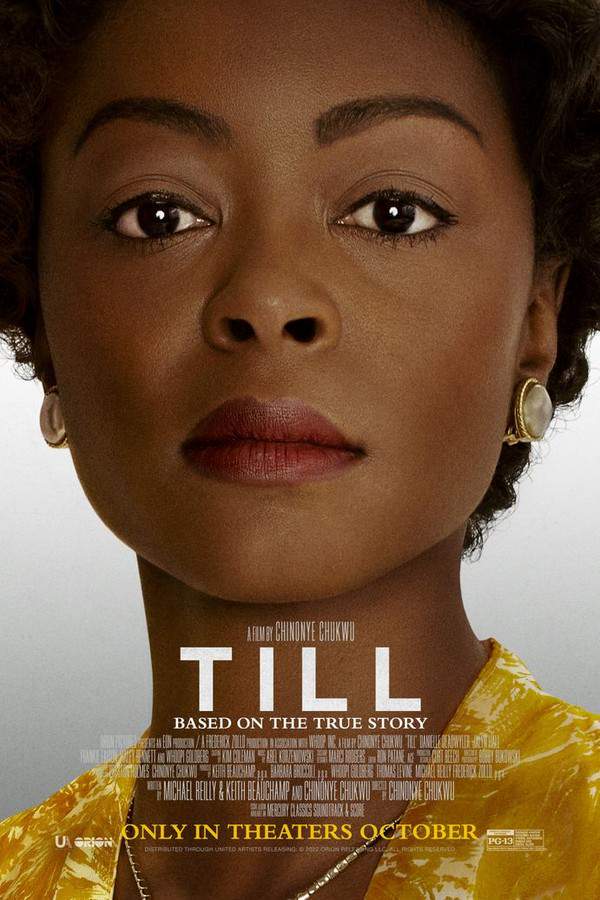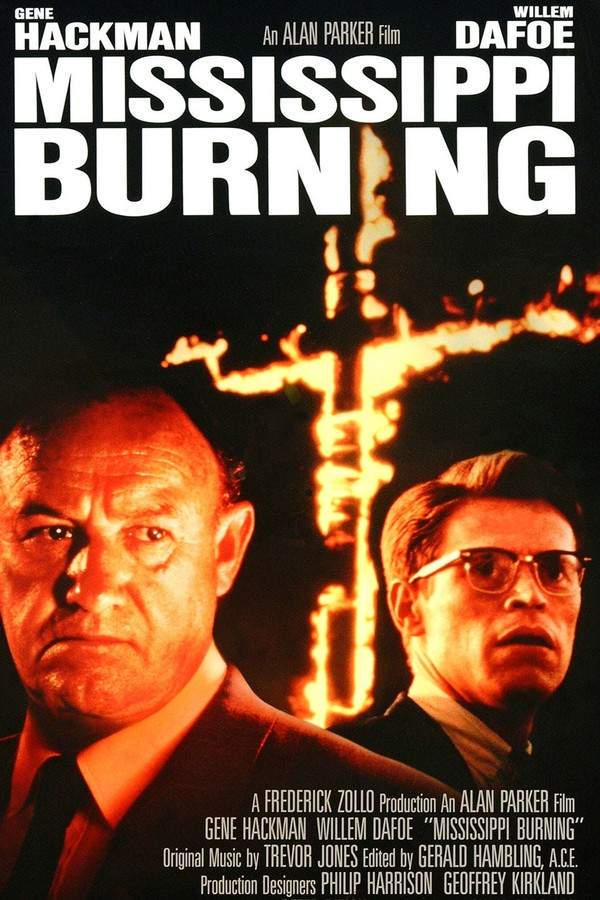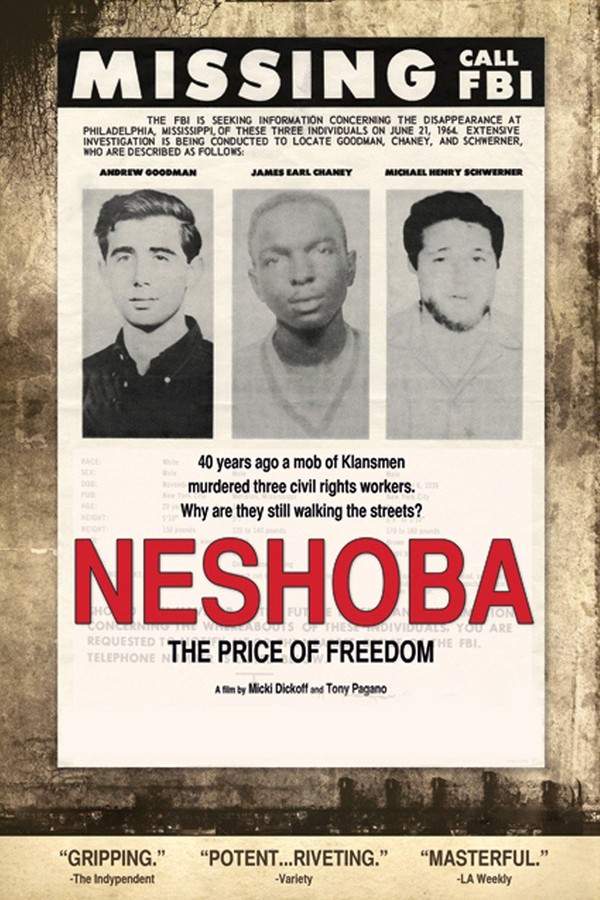
Ghosts of Mississippi
Year: 1996
Runtime: 130 mins
Language: English
Director: Rob Reiner
A Mississippi district attorney teams with Medgar Evers’s widow to finally hold a notorious white supremacist accountable for the 1963 assassination of the civil‑rights icon. Their relentless pursuit confronts decades‑old racism, corruption and a legal system that has long turned its back on the case, offering a last chance for justice.
Warning: spoilers below!
Haven’t seen Ghosts of Mississippi yet? This summary contains major spoilers. Bookmark the page, watch the movie, and come back for the full breakdown. If you're ready, scroll on and relive the story!
Ghosts of Mississippi (1996) – Full Plot Summary & Ending Explained
Read the complete plot breakdown of Ghosts of Mississippi (1996), including all key story events, major twists, and the ending explained in detail. Discover what really happened—and what it all means.
Medgar Evers, James Pickens Jr, was an African-American civil rights activist in Mississippi, murdered on June 12, 1963. It was suspected that the white supremacist Byron De La Beckwith, James Woods, was the killer. He had already endured two trials in the 1960s that ended in hung juries, and Evers’ widow Myrlie Evers, Whoopi Goldberg, had spent more than a quarter of a century pursuing justice. The case loomed large in the regional psyche, a stark reminder of the violent resistance to progress and the stubborn walls of injustice that persisted long after the crime.
In 1989, Myrlie Evers was buoyed by a newspaper article from Jerry Mitchell that exposed jury tampering by the Mississippi State Sovereignty Commission during the earlier trials. She believed the time had finally come to reopen the case. Enter Bobby DeLaughter, Alec Baldwin, an assistant district attorney who took up the cause despite warnings that it could jeopardize his career and strain his marriage. He formed a small team of investigators from his office, including lawyers and researchers who were determined to sift through what had been left behind. Their effort faced immediate headwinds: key witnesses from the 1960s were dead, trial transcripts were missing, and even the old strategy of pressuring two officers who had previously lied under oath seemed unlikely to bear fruit.
Yet two discoveries rekindled hope. First, the murder weapon—long thought lost—emerged from concealment, proving the case still had a tangible thread to follow. Second, a new witness came into focus: Delmar Dennis, Jim Harley, a former Ku Klux Klan member who had turned informant for the FBI. Dennis had testified against the Klan in related cases and asserted he had met De La Beckwith, offering a potential bridge between the old testimony and fresh charges. The investigators now believed they could reconstitute a credible narrative that might finally secure a conviction.
The pursuit intensified as public attention grew. DeLaughter’s team pressed forward with renewed resolve, even as white supremacist elements threatened DeLaughter and his children, complicating the personal stakes of the investigation. Myrlie, who had initially harbored skepticism about pursuing the case anew, revealed that she possessed a court-certified transcript from one of the 1960s trials. This document became a crucial link, allowing DeLaughter to present nearly the same case to a new jury, augmented by Dennis’s testimony and additional witnesses who corroborated his account. The strategy hinged on reviving the essential eyewitnesses and connecting them to De La Beckwith through the newly uncovered evidence.
An important procedural moment came when Detective Lloyd Bennett recited the past testimony of his father, the officer who had located the murder weapon, to the jury. This helped to knit together the threads of the old and new cases, providing a bridge between decades of doubt and the momentum of the fresh indictment. As the refiled case gained legitimacy, the defense faced the challenge of disproving the assembled testimony while contending with the weight of renewed public scrutiny.
The culmination arrived in 1994, when Byron De La Beckwith was found guilty and sentenced to life imprisonment. The verdict marked a landmark moment in the ongoing fight for racial justice, a testament to persistence, courage, and the stubborn resilience of those who refused to let the truth be buried. The film closes with Myrlie Evers tearfully rejoicing at the courthouse, surrounded by supporters and loved ones, as justice—long delayed—finally feels within reach.
Throughout the narrative, the cast threads through the story: Alec Baldwin embodies the determined prosecutor, Whoopi Goldberg gives a grounded portrayal of a widow who never gives up, James Woods portrays the chilling figure at the center of the case, James Pickens Jr anchors the bookends of truth as Medgar Evers, Virginia Madsen embodies Dixie DeLaughter, and Jim Harley brings Delmar Dennis’s perilous risk and loyalty to light. The film also nods to the broader network of people connected to the era—Jerry Levine as Jerry Mitchell, Whoopi Goldberg again in a pivotal role, and others who populate the courtroom drama with nuance and stakes. Each character’s presence deepens the sense that this is not merely a courtroom thriller but a careful study of memory, courage, and the perseverance required to turn the wheels of justice after so many years.
Last Updated: October 09, 2025 at 11:18
Unlock the Full Story of Ghosts of Mississippi
Don't stop at just watching — explore Ghosts of Mississippi in full detail. From the complete plot summary and scene-by-scene timeline to character breakdowns, thematic analysis, and a deep dive into the ending — every page helps you truly understand what Ghosts of Mississippi is all about. Plus, discover what's next after the movie.
Ghosts of Mississippi Timeline
Track the full timeline of Ghosts of Mississippi with every major event arranged chronologically. Perfect for decoding non-linear storytelling, flashbacks, or parallel narratives with a clear scene-by-scene breakdown.

Characters, Settings & Themes in Ghosts of Mississippi
Discover the characters, locations, and core themes that shape Ghosts of Mississippi. Get insights into symbolic elements, setting significance, and deeper narrative meaning — ideal for thematic analysis and movie breakdowns.

Similar Movies to Ghosts of Mississippi
Discover movies like Ghosts of Mississippi that share similar genres, themes, and storytelling elements. Whether you’re drawn to the atmosphere, character arcs, or plot structure, these curated recommendations will help you explore more films you’ll love.
Explore More About Movie Ghosts of Mississippi
Ghosts of Mississippi (1996) Scene-by-Scene Movie Timeline
Ghosts of Mississippi (1996) Movie Characters, Themes & Settings
Ghosts of Mississippi (1996) Spoiler-Free Summary & Key Flow
Movies Like Ghosts of Mississippi – Similar Titles You’ll Enjoy
Till (2022) Spoiler-Packed Plot Recap
Just Mercy (2019) Ending Explained & Film Insights
Mississippi Burning (1989) Story Summary & Characters
Neshoba (2010) Story Summary & Characters
Ghosts of Attica (2001) Ending Explained & Film Insights
The Murder of Emmett Till (2003) Plot Summary & Ending Explained
Heavens Fall (2006) Detailed Story Recap
Murder in Mississippi (1990) Story Summary & Characters
For Us, the Living: The Story of Medgar Evers (1983) Movie Recap & Themes
Murder in Mississippi (1965) Spoiler-Packed Plot Recap
Intruder in the Dust (1949) Detailed Story Recap
The Klansman (1974) Complete Plot Breakdown
Mississippi Damned (2009) Ending Explained & Film Insights
Color of Justice (1997) Complete Plot Breakdown
Band of Angels (1957) Ending Explained & Film Insights

















